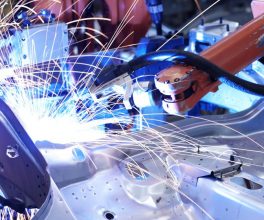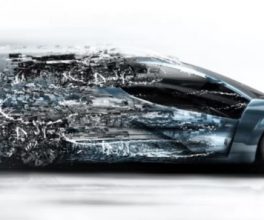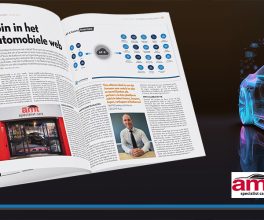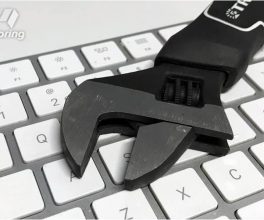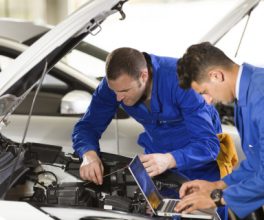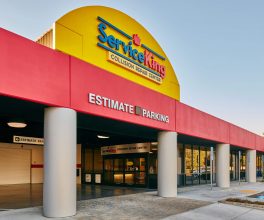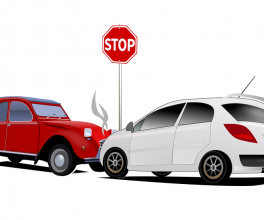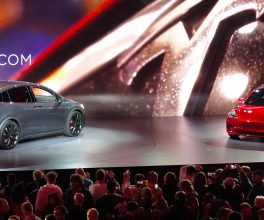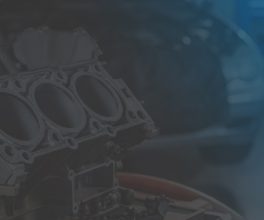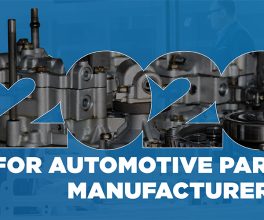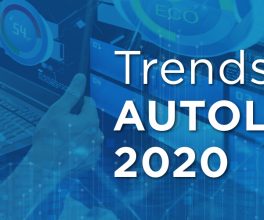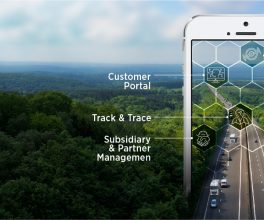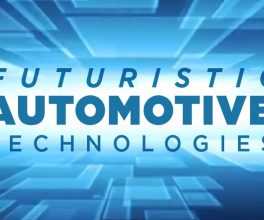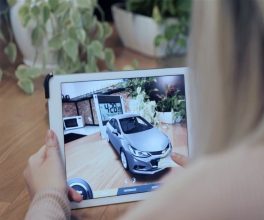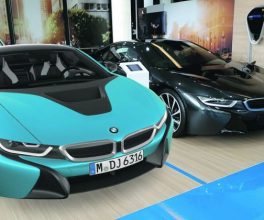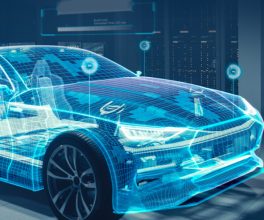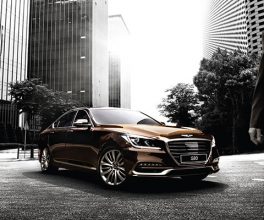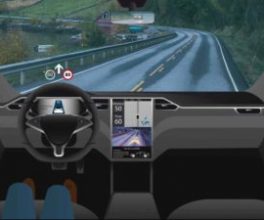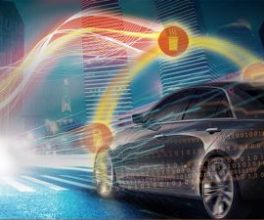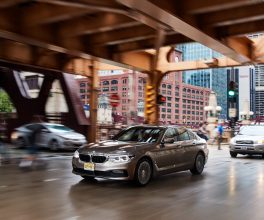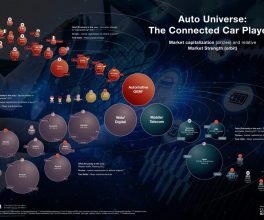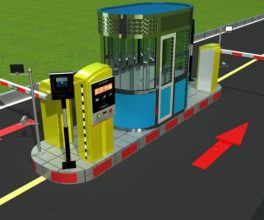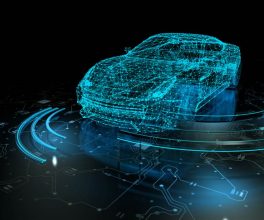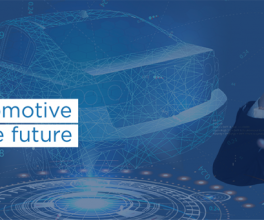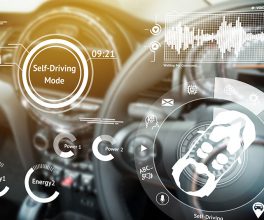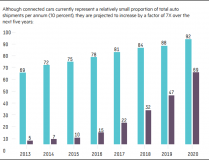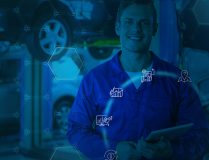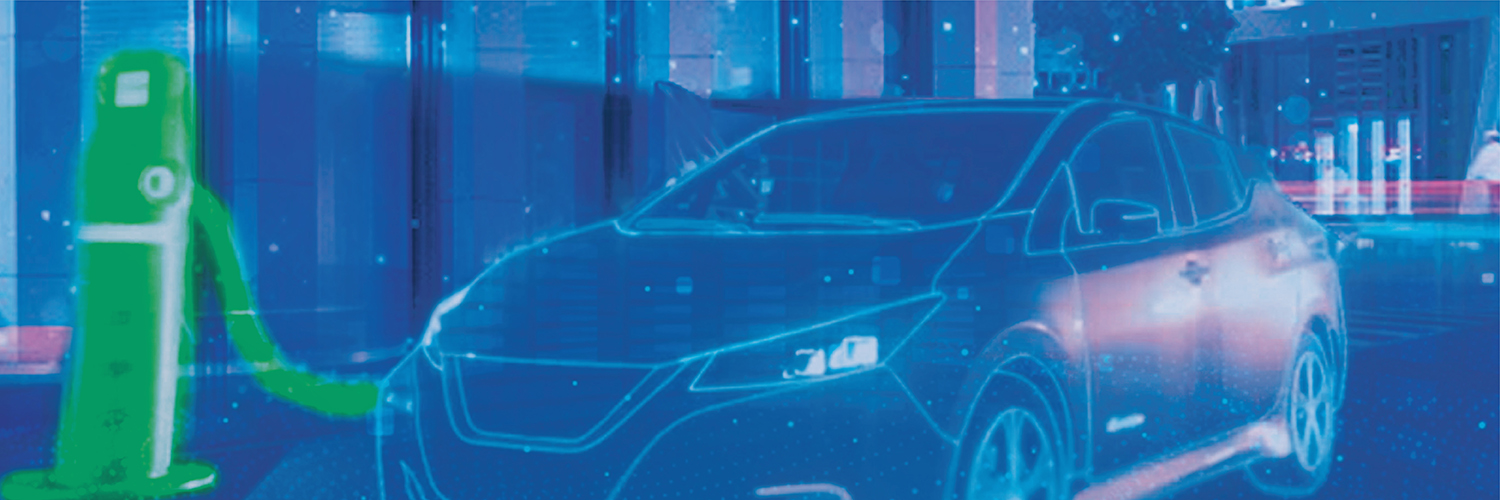Introduction
Every industrial report you read today begins with “owing to the effects of the COVID-19 pandemic..” or “The COVID-19 pandemic has disrupted the…”
Every industry has had to bear the brunt of the pandemic in one way or another. One of them is the Automotive sector that has witnessed a violent graph from Mar’19 – till date.
Let’s start from the beginning. Before the COVID-19 pandemic hit the world, the production and distribution of Electric vehicles were riding the high wave. With over 2 million EV’s sold at the beginning of 2019, the automotive market reached its helm when it all came down to people’s ability to move around freely due to the virus.
The pandemic did bring down the sales of cars and vehicles, in general, but it also built up a sense of seclusion and protection that cars provide as opposed to public transports and open two-wheelers. Now, this paradoxically set situation caused a wired response to buying and selling of EVs in a major part of Europe and China.
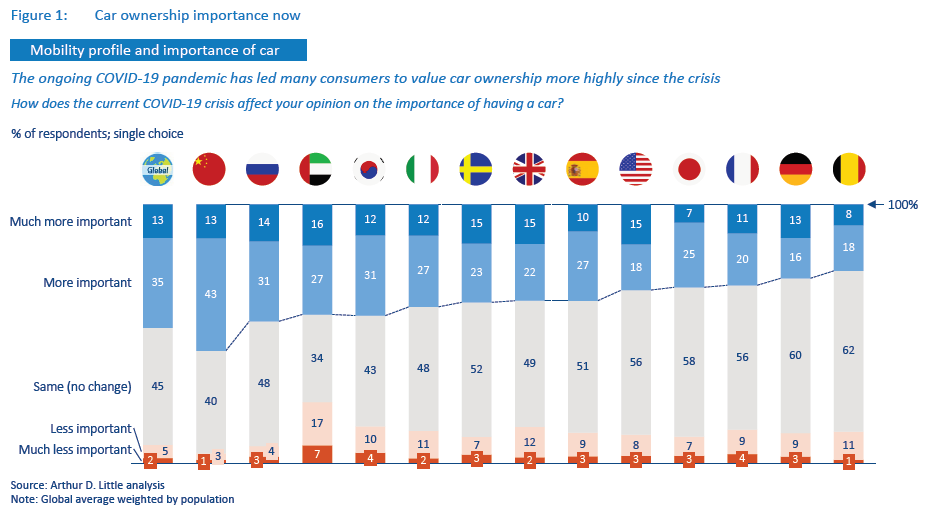
Image Source:- www.adlittle.com
Understanding Customer Preferences By Launching Into Upgraded Models
In the current scenario, four megatrends are circling the automotive industry, namely;
- Autonomous Driving
- Sharing Economy
- Connectivity
- Electrification
Each of these trends is powerful in itself but companies like Tesla, NIO, Canoo, have leveraged a combination of any of these four megatrends to create a disruptive product that will chart a new course for the automotive industry. The aforementioned giants have set up multiple checkpoints to assess the quality and quantity of changing customer preferences to incorporate them into their next product, thereby achieving immense success. Thus, it is safe to say that the automotive industry is now walking into customer-centric sales.
One of the most popular trends is the electrification of cars in the light of sustainability movements and the fact the depleting fossil fuels is causing a lot of damage to the planet. Here are a few uber-cool stats about Electric Vehicles;
- Electrification of cars is all set to increase in the 3-wheeler and 2-wheeler segment and establish complete sustainability
- Electric vehicles branch out into two different parts; 1) Battery Electric Vehicles (BEVs) & 2) Plug-in Hybrid Electric Vehicles (PHEVs)
- BEVs draw power solely from the battery, whereas PHEVs are a hybrid model that can run on battery for a short trip and petrol or diesel for longer trips.
- The significant growth of EVs up to 2030 will present major opportunities and challenges for traditional original equipment manufacturers (OEMs), new-entrant OEMs, captive finance companies, and various dealerships.
- Sales of EVs grew by 15% in 2019, driven by the growth of BEVs in Europe (+93%) and China (+17%)
- In the European region, the Nordics & Netherlands continue to lead the way where the former holds a 56% share in the sales of EVs.
Looking at the rate of growth, while the sales patterns might have plummeted for the automotive industry, the EV segment retains stability solely because it satisfies customer expectations by adhering to the trends.
What Is The Future Of Automotive Sales?
The future of automotive sales lies in truncating the channel of sales by implementing digital methods.
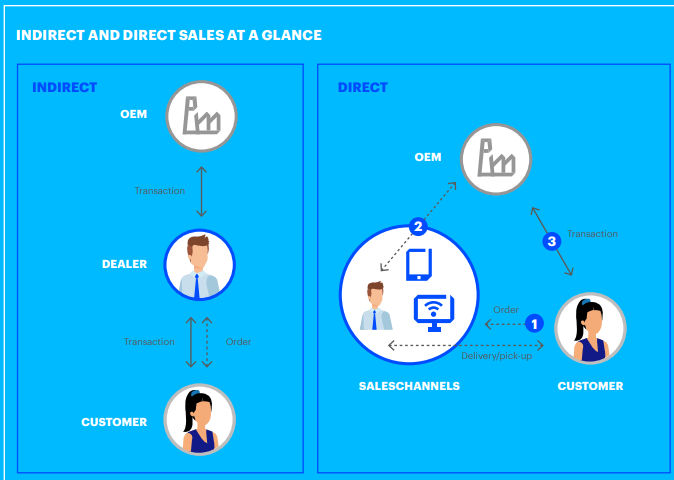
Image Source:- www.accenture.com
As is depicted by the diagram, the indirect channel places the dealer in the middle of the entire transaction, leaving no room for the OEMs to thrive on their own. The direct method, on the other hand, allows each party to communicate with each other for better price flexibility.
From this orchestration, we can derive three crucial solutions to drive automotive sales amidst the pandemic.
1)Emphasizing On Customer Centricity
The automotive sector is moving toward customer-centricity by identifying and acting according to the trends in the market. Needless to say, these trends are a direct response to the changing customer preferences, thus promising product profitability.
When truncating the chain of communication and placing it such that the customer has contacts with everybody, this act allows all these parties, (OEMs, Sales Channels, & Customers) to have transparent communication, thus resulting in a 360° view.
2)Leveraging The Dealership Network
The common notion is that once the OEMs get a voice of their own, the dealership network might tank. But quite the contrary, the fact the customers still need personal care despite process digitization only emphasizes the need for dealerships.
Not just that, customers might find it convenient to book and receive car orders on their mobile phones, but they still want to physically see and touch the car to convert into making payments.
3)Holistic Transformation
To recover from the pandemic situation and uplift the sales within the automotive industry, businesses need to practice a holistic transformation and move to a business model that incorporates all the current trends. Creating enough space for the OEMs and allowing customers contact with the OEMs and dealers directly – instead of allowing a single channel of information.
Wrapping Up
In the first half of 2020, the European market witnessed a 55% rise in the sales of Electric Vehicles leading up to a positive change but the COVID-19 pandemic only disrupted this growth. Despite a slow year, EVs are still going out, and vehicles that incorporate any of the four megatrends will see a stark rise.

